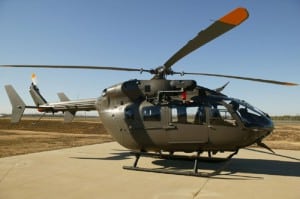
The U.S. Court of Federal Claims on Wednesday ordered the Army to compete the final 16 helicopters in its Light Utility Helicopter (LUH) program from 2006.Judge Susan Braden, in her decision, barred the Army from proceeding with, or awarding, a contract to Airbus for 16 UH-72A Lakota helicopters. She also put the purchase of additional helicopters on hold for six months to allow the Army to: proceed with a competitive procurement, reissue a new justification and approval (J&A) for other…













